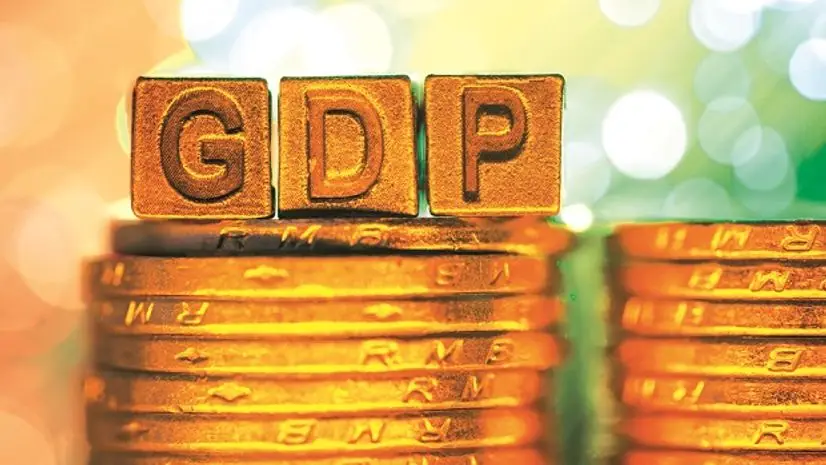Tim Shea
Special Contributor
At first glance, the Bureau of Economic Analysis’ Q4 2017 GDP projections are a bit underwhelming. Sure, +2.6 percent growth is respectable, especially when compared to the +2.2 percent average of the post-Recession era. Stacked up against the +3.1 and +3.2 percent of Q2 and Q3 respectively, though? It’s a shot across the bow for an economy that many believe is poised to slow down this year.
Or is it? The fact is, a lot of things can cause GDP growth to dip between quarters. Perhaps there is no ideal slow-down for the U.S. economy, but there’s definitely a hierarchy for how alarming these root causes are, a hierarchy that ranges from “meh” to tumbling right over the economic cliff. It’s not until you peal back the onion of the overall GDP estimate that you truly understand what’s going on with the economy.
Peeling back this particular onion, economists have attributed the lackluster Q4 performance to two key factors: declining inventory investment and a surge in imports. The first, inventory investment, is essentially the difference between what is made and what is sold, and is itself a somewhat ambiguous indicator of economic activity. Is production down because businesses are expecting a future downturn, or is it merely a natural adjustment due to previous over-production and surging current demand? In this case, it’s almost certainly the latter. Not only did inventory investment grow significantly in Q3, consumer spending expanded the fastest it has since 2014.
As for the explosion of imports, it gets a little more complicated. Yes, buying more from the global market than we sell back to it represents a net loss in monetary wealth, but are we really worse off? If you’re President Trump and his protectionist allies, the answer is almost certainly yes. That doesn’t mean they’re right.
Think about it this way. Many of the most popular consumer goods in the U.S. are produced overseas; iPhones and Xboxes, for instance. So the fact that we saw imports grow does not mean we are just throwing money away to foreign countries. It also means there are a lot more people walking around with iPhones and Xboxes than there were a few months ago. Again, maybe this doesn’t make for a GDP slam-dunk, but higher import demand means that consumers are spending money on things they want, and are thus better off. That’s still a win in my book.
And that brings me to my broader point: don’t take one-off economic statistics like GDP growth at face value. There are a lot worse reasons for the economy to “cool off” than reduced inventories and a taste for foreign products. We could be facing, I don’t know, a global financial meltdown and double-digit unemployment or something similarly implausible. But we’re not. The fundamentals of the global economy remain strong, and we should see continued growth in 2018.
Now, if the stock market could just get on board with that assessment, that would be great.














